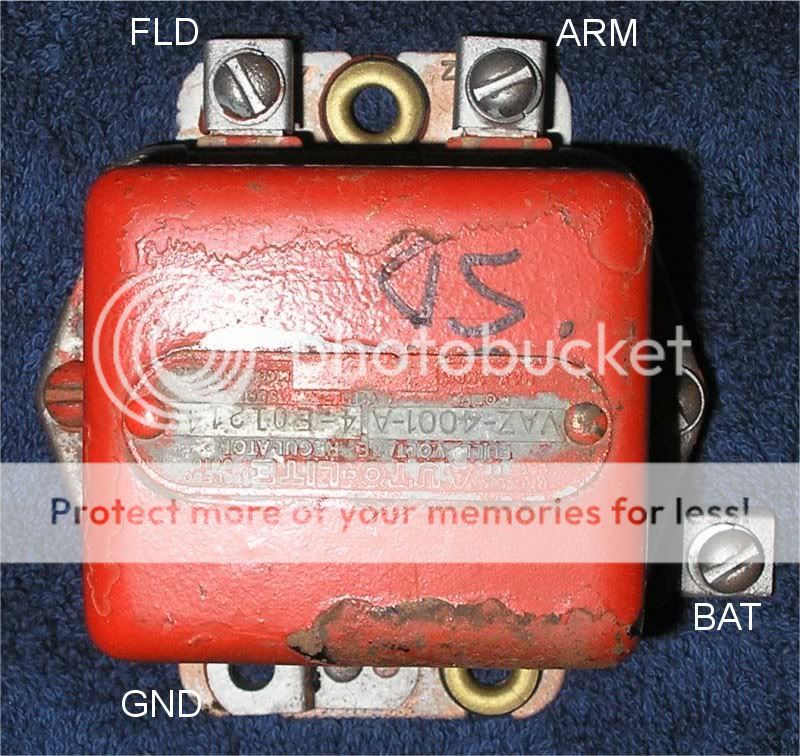Paul in Edmonton
Member
How can I tell if my system is charging?
It's 6V (front mount) with a genny, but the generator and voltage regulator are not Ford. The VR is Autolite (looks like model VRR-4008-A) and the genny is Delco-Remy (model 1101355).
When the engine is running (which it is doing fine now with a new battery), voltage at the battery, as measured with a digital multimeter is jumping all over the place (and it's jumping more with the more expensive meter than it is with the cheap one). So I'm not sure what's really happening...
How can I tell if it's really charging or not?
Thanks,
-Paul
It's 6V (front mount) with a genny, but the generator and voltage regulator are not Ford. The VR is Autolite (looks like model VRR-4008-A) and the genny is Delco-Remy (model 1101355).
When the engine is running (which it is doing fine now with a new battery), voltage at the battery, as measured with a digital multimeter is jumping all over the place (and it's jumping more with the more expensive meter than it is with the cheap one). So I'm not sure what's really happening...
How can I tell if it's really charging or not?
Thanks,
-Paul




